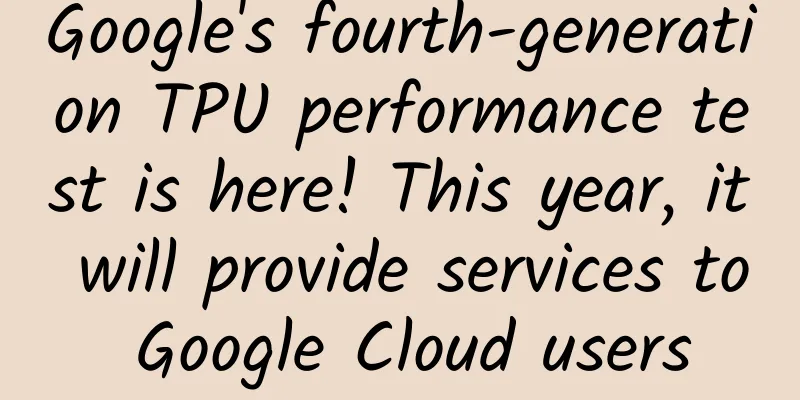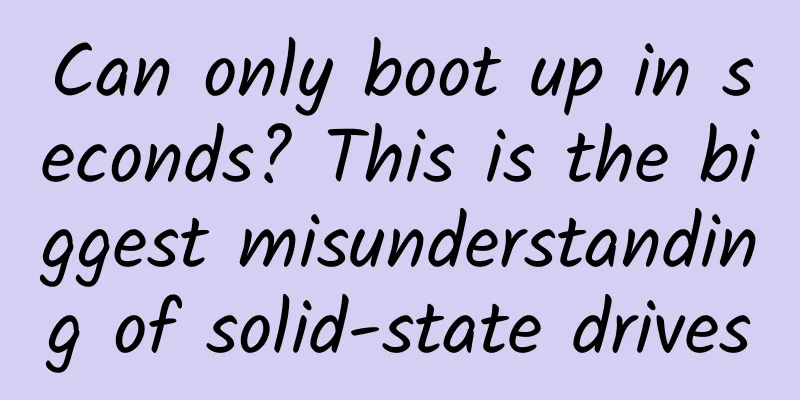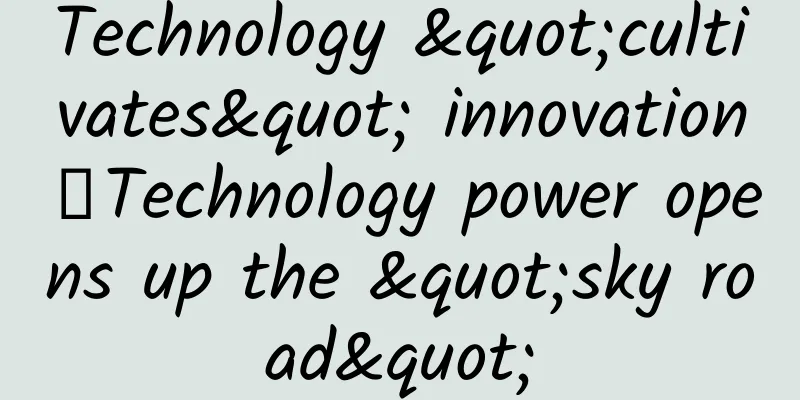Google's fourth-generation TPU performance test is here! This year, it will provide services to Google Cloud users

|
This article is reprinted with permission from AI new media Quantum Bit (public account ID: QbitAI). Please contact the source for reprinting. A TPU v4 pod can achieve 1 exaflop of computing power and perform 10 to the 18th power floating-point operations per second. The Google I/O conference, which was absent for a year, really lived up to expectations. In addition to Starline's 3D video call technology, which even Google AI chief Jeff Dean called a "magic mirror," the fourth-generation TPU is also attracting much attention. Google introduced that TPU v4 will be mainly used in the form of pods. A pod consists of 4096 TPU v4 single chips and can achieve a computing power of 1 exaflop, which is equivalent to the sum of 10 million laptops. Compared with the previous generation TPU v3, the performance of TPU v4 is improved by an average of 2.7 times at the scale of 64 chips. In addition, the performance of TPU v4 pod is 10 times higher than that of TPU v3 pod. It will run mainly on carbon-free energy, which is not only faster but also more energy-efficient. Google CEO Sundar Pichai revealed that TPU v4 pod will be used in Google's data centers and will provide services to Google Cloud users this year. BERT training in two minutesAlthough it has just been officially released, Google revealed the performance of TPU v4 as early as a year ago. In the MLPerf training v0.7 list, an authoritative benchmark for artificial intelligence released in July last year, we can see the performance comparison between TPU v4 and various chips. In the MLPerf training test, its benchmark includes 8 machine learning tasks such as image classification, translation, recommendation system and Go. The final result is the training time of these 8 tasks. The faster the speed, the better the performance. The specific contents of the 8 tasks are as follows: The specific training models are: ResNet-50, SSD, Mask R-CNN, BERT, NMT, Transformer, DLRM and Mini Go. The performance of TPU v4 is as follows. Each system is distinguished by the number of TPU v4 accelerators: 8, 64, and 256. From the comparison we can see: In ResNet training, 256 TPU v4s shortened the training time to 1.82 minutes. However, if Nvidia A100A100-SXM4-40GB wants to reach this level, it needs at least 768 acceleration blocks . In BERT training, 256 TPU v4s also shortened the training time to 1.82 minutes; The same 256 Nvidia A100-SXM4-40GB can only shorten the training time to 3.36 minutes. And according to the published data, a TPU v3 pod consisting of 4096 third-generation TPUs can compress BERT training to only 23 seconds ! About TPUSimply put, TPU is a chip developed by Google that can accelerate machine learning. Unlike GPU, TPU is an ASIC chip, which stands for Application-Specific Integrated Circuit, a chip customized for a specific application requirement. Why develop TPU? In fact, this is because many of Google’s own products and services, such as Google Image Search and Google Translate, require the use of deep learning neural networks. This places higher demands on computing power, which is difficult to maintain with ordinary GPUs and CPUs. Therefore, TPU came into being. The first generation of TPU was used in the famous AlphaGo. When it played against Lee Se-young in 2015, 48 TPUs were deployed. The second-generation TPU was introduced to Google Cloud and used in Google Compute Engine (GCE), also known as Cloud TPU. AlphaGo, equipped with TPU v2, defeated the then world Go champion Ke Jie using only 4 TPUv2s. In 2018, Google released the third-generation TPU, which doubled the performance of the second generation. The performance of each Pod has increased by 8 times, and each Pod can contain up to 1024 chips. The fourth-generation TPU will not be officially released until 2021. |
<<: Smartphones have revolutionized key usage and security management
>>: iOS users reject ad tracking, advertisers turn to Android
Recommend
How complex is Jack Ma’s Internet finance empire?
Zhejiang Ant Financial Services Group Co., Ltd. (...
How to use Tencent’s information flow advertising to win the Double 11 battle for traffic?
In the tenth year of Double 11, more e-commerce c...
A fast integration framework: MVP+Dagger+mainstream framework, it is enough
Preface In the Android technology circle this yea...
What is carrageenan and what role does it play in ice cream?
Recently, "ice cream assassin" has beco...
Deng Chao’s personal information: The “red line” that website SEO optimization cannot touch
There is an old saying that goes "When you l...
18 ways to attract traffic from WeChat private domains on Douyin
Tik Tok is currently the largest public traffic p...
Surface Pro 3 charges very quickly: 80% full in 2 hours
Although the price is a bit high, considering its ...
The weather is always against us. Is it true that if you forget to bring an umbrella, it will rain?
Audit expert: Zhan Mingjin PhD, Chinese Academy o...
Sensing sadness, protecting companions, self-destructive behavior... How to explain the "self-awareness" of animals
© The Dodo Leviathan Press: Wikipedia defines sui...
What exactly is brand planning planning?
The term brand planning has now become a popular ...
Pork in the vegetable market will be prohibited from lighting from December 1st! How does the "beautification light" interfere with our vision?
The juicy green vegetables in the vegetable marke...
What are the three common misunderstandings about product operation growth?
When growing, we need to make many trade-offs, an...
Why do users dislike ads? There are 5 factors
Let's get straight to the point. The five fac...
The infected person dies within 90 days? Is the "super fungus" really coming?
Rumors Recently, the news that "Candida auri...
Why do birds migrate?
Birds migrate to different areas to breed or over...









